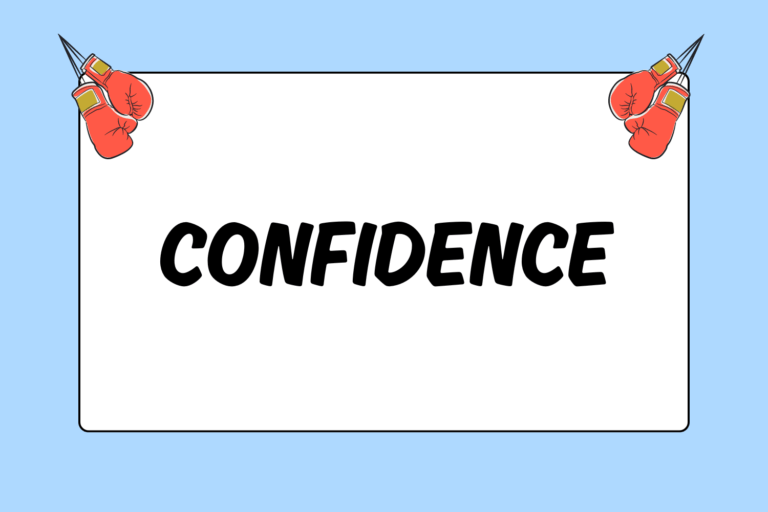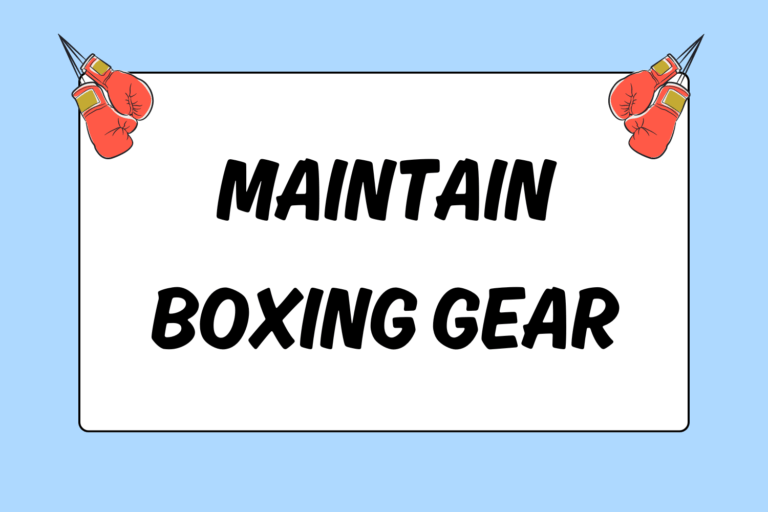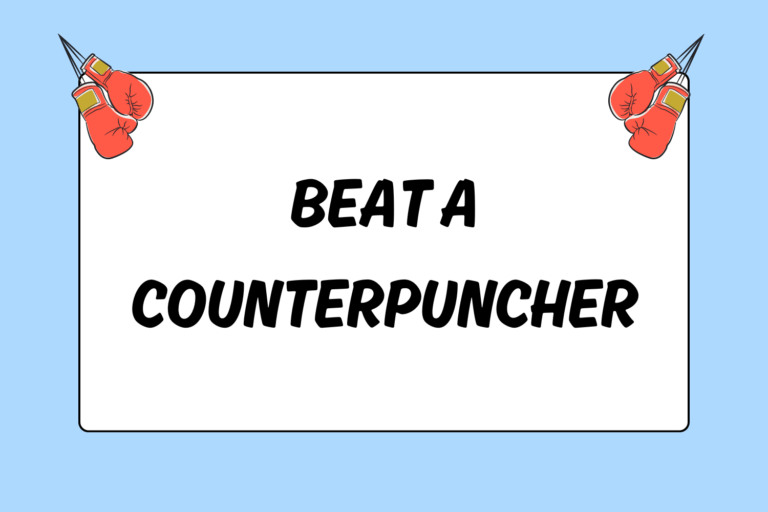Modern society is fast-moving and encourages efficiency. Even many gym-goers cater their workouts to their hectic schedules. You need to invest a significant amount of time to boxing, though, if you truly want to improve. In addition, you absolutely have to take care of your body. The rigors of the sport cause aches and pains that tend to add up, so it’s in your best interest to eliminate these small problems however possible. This guide discusses the benefits of warming up and cooling down, and it describes popular methods for maximizing performance in the ring.
It Pays Off
For time’s sake, many people skip over warm-up and stretching exercises, and then jump straight into their workouts. However, your workout’s effectiveness declines if you don’t prepare your body for intense exercise. Likewise, a quick cool-down after your workout reduces the likelihood of soreness or an injury.
Some benefits to warming up include:
- Increased blood movement to tissues, which increases suppleness of muscles.
- Increased oxygen flow to muscles, which allows you to reach your VO2 max — your body’s maximum capacity to use oxygen during exercise.
- Slow adjustment in heart rate, preventing rapid blood pressure increases.
- Improved reaction time by engaging the fast-twitch muscles fibers and nerves connected to these fibers.
Some benefits associated with cooling down include:
- Reduction in lactic acid buildup in the muscles.
- Reduction in potential for delayed muscle soreness, which usually occurs within a day or two of exercise.
- Reduced adrenaline levels in the blood.
- Slow adjustment of heart rate back to resting rate.
In general, warming up prepares your body to work at full-capacity during high-intensity exercises. Cooling down limits post-workout soreness.
Implementing a Routine
Now that you’re familiar with the benefits of warming-up and cooling-down, you need a boxing-specific routine. The following sections outline just that:
Hot Tip: Warm Clothing
Your body literally warms up during introductory exercises. To enhance the process, simply wear a sweatshirt and sweatpants as you begin your workout. You can choose to strip down to shorts and a tee-shirt after breaking an initial sweat.
General Warm-up
Once you open the gym doors, wrap your hands and prepare for a general warm-up. A stationary bike is a fantastic tool if you have access, otherwise do a few easy laps around the facility, or take a short jog on the treadmill. Most boxers use a jump rope to get loose and focus on their footwork. Listen to your body — take it slow at first and allow your body to break an initial sweat. Once you feel warm, move on to stretching.
Static & Dynamic Stretching
There are two mains types of stretching: Static and dynamic.
For the most part, static stretching is a stepping stone to dynamic stretching, which requires much more movement and total-body engagement. Static stretching involves holding a stretch in a stationary position for a designated period of time. The goal of static stretching is to elongate the muscles and “wake them up” for activity.
Dynamic stretching, on the other hand, also triggers the muscles you’ll use during activity, but goes about the process in a different manner. This type of stretching involves movement that allows you to gradually increase your range of motion — high-knees and butt-kicks are the simplest examples of dynamic stretching.
Do your best to use both forms of stretching in your pre-workout routine.
Boxing-specific Warm-up
Continue into your workout by practicing some basic boxing exercises. Shadow boxing is necessary, and it plays a significant part in targeting the muscles you’ll use throughout the rest of your workout. Shadow boxing with a mirror allows you to assess your stance, punch mechanics, and defensive prowess. Remember, never sacrifice punch mechanics while shadow boxing. Your mechanics in practice mimic your movements in the ring.
Cooling Down Post-workout
So you’ve hit the mitts and bag, and you did some heavy-duty sparring. Briefly cool down before you pack your bag and take off, though. Finish your session with a couple of rounds on the jump rope or stationary bike. The goal of a cool-down is to rid your body of unnecessary toxins while reducing your heart rate. Many fighters also finish off with some sort of stretching in order to fight off delayed soreness.
Exit Strategy
Your workout’s not over just yet! Hydration is another important factor in overall body care. You lose a significant amount of fluid as you sweat during your workout. In order for your body to heal as quickly as possible, you need to refuel it with food and liquids.





